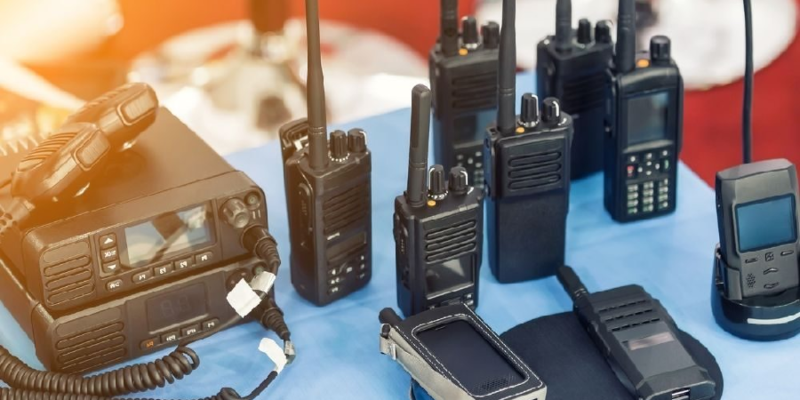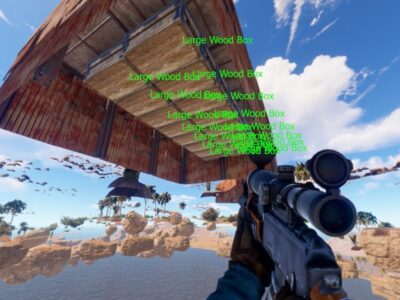Owning a property comes with tons of stress and responsibilities, especially when you do not have a steady guideline. And with the rules and regulations changing often, it is essential to stay updated with them. However, one factor always remains a top priority, safety.
As the cops, firefighters, or any first responders need enough coverage, in-building public safety coverage is vital. Meanwhile, Cellular Distributed Antenna Systems or DAS are a great way to ensure this as they can transmit and receive cellular signals. Therefore, in case of emergencies, this is highly beneficial.
What DAS Has to Do With Public Safety
First of all, let’s understand what public safety DAS is. It is a wireless radio system that is built inside your property to help distribute radio signals. This is to help the first responders in case of emergencies to have better communication.
Having a strong in-building public safety coverage like a DAS wireless system allows uninterrupted connectivity when other options are disrupted. Not only is this safety measure required for residential property owners, but also business owners.
Basic Compliance for DAS
Did you know that the National Fire Protection Association (NFPA) needs 99% radio coverage in critical situations? That means you need enough coverage in the isolated sections of the building, like the garage, stairwell, elevator lobbies, and basements.
The NFPA 72, NFPA 1-11.10, and NFPA 70 (National Fire Alarm and Signaling Code) mention thorough guidelines. As property owners, you must comply with these.
A fundamental requirement for the in-building public safety coverage is meeting the basic inbound and outbound signal level. This will ensure steady communication with the first responders during urgency.
You also need to ensure that the installed DAS system complies with the IFC regulations. Remember that the rules may vary with each state. So, it would help if you stay updated with the regulations in the state where your property is.
The Exceptions
There are some exceptions to this, though. If you live in a remote area of your property that already suffers from poor connectivity, you may not benefit from installing a DAS system. So to avail of the benefits, you first need to ensure the availability of enough strong signals.
If not, it is better to look for other alternatives to the repeater DAS. Otherwise, there is a chance that the system will go on overdrive in time of emergency and cause failure upon reaching its maximum capacity.
Types of DAS Systems
Once you understand the local guidelines for installing a DAS system on your property, you must know the types. And as not all DAS systems can work the best for every property or community, knowing about the types can be beneficial.
So, there are two types of DAS systems: active and passive.
Active DAS
This type of system gives the best coverage when you have a large property or live in a remote area. The active DAS will help provide coverage. And since the fiber optic cables run through the entire building, it can solve the issue of multiple dead zones.
Passive DAS
This is a simple system and is the most common one available. The antennas are installed in different areas of your property in an attempt to remove the dead zones. However, this is not the ideal solution for larger properties. Also, the construction of your building has to be robust with high-quality materials to avail of this option.
An emergency responder radio coverage system like DAS can save lives in case of any hazards. The first responders need this system to perform their work more efficiently. So, even though you may not feel the need for it daily, having them installed as per the guidelines will benefit you in the long run.













Comments